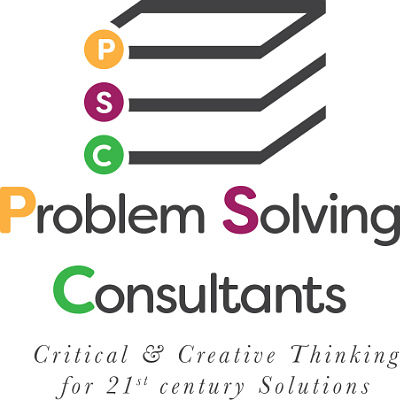Have you ever participated in a decision making process where virtually everyone had an opinion and far too many had a personal agenda? Oftentimes such situations reveal the following: There are just too many “cooks” involved.
(For this blog, let’s envision the collaborative problem solving process as a recipe meant to be implemented by various “cooks” or individuals within your organization.)
First, we have those cooks who go along with the leader or majority, even knowing there’s something wrong with the soup recipe. They care nothing about the final product but simply go along to avoid having to make a decision.
Second, we have cooks who are bound and determined to disagree with anything proposed by either the leader or the majority. This group works hard to make sure there’s no consensus on the recipe. They have an agenda and don’t care one bit about the outcome so long as they can remain on center stage.
Finally, there is the group of cooks who approach the decision making process with a collaborative problem solving perspective. These are the folks who engage in active listening and willingly participate in the entire process, keeping their focus on the concept that any goal can be achieved so long as it doesn’t matter who gets the credit. This group finds common ground and builds on that, producing a final product that is a realistic solution to the problem or they produce a sound, effective decision.
As the leader of your organization how do you insure which group of “cooks” you have helping you resolve problems and implement decisions? How good are you at identifying those “cooks” who won’t spoil the soup?
